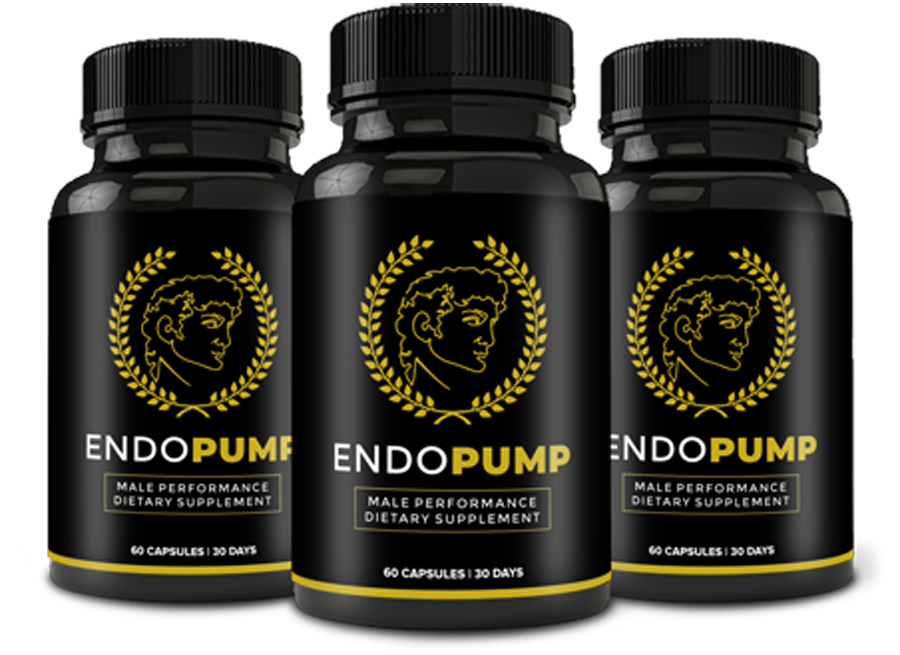
U.S. Scientists Discover Secret For Stamina & Virility At Any Age , Ingredients That May Help: bluecheck Support a healthy libido, bluecheck Support healthy stamina, bluecheck Support adequate nitric oxide production
Penile implants: Types and effectiveness.
Penile implants, also known as penile prostheses, are medical devices surgically inserted into the penis to treat erectile dysfunction (ED) when other treatments, like medication or vacuum devices, are ineffective. They’re a more permanent solution for ED, offering reliable and spontaneous functionality. Here’s a breakdown of the different types and their effectiveness:
Types of Penile Implants
- Inflatable Implants
- Three-Piece Inflatable Implant: This is the most common type and includes three components: two cylinders in the penis, a pump in the scrotum, and a fluid reservoir in the abdomen. When you squeeze the pump, fluid flows from the reservoir into the cylinders, creating an erection. Afterward, releasing the valve returns the fluid to the reservoir.
- Two-Piece Inflatable Implant: This type only has two components (the pump and cylinders) and doesn’t require a separate fluid reservoir. It’s less complex than the three-piece implant but provides a somewhat less natural erection and may feel slightly firmer even when deflated.
- Effectiveness and Benefits:
- Provides a natural-feeling erection, both in size and firmness.
- Offers excellent rigidity and control over the erection duration.
- Discreet and has a high satisfaction rate among users and their partners.
- Malleable (Semi-Rigid) Implants
- This type consists of two bendable rods implanted in the penis. The rods are firm yet flexible enough to manually adjust the penis position, enabling an erection by positioning the penis upwards and then bending it down when not in use.
- Effectiveness and Benefits:
- Simple to use, with fewer mechanical parts (lower risk of mechanical failure).
- Easier to insert and less invasive compared to inflatable options.
- Maintains a constant firmness, which some users might find less discreet.
Effectiveness and Considerations
- Success Rate: Penile implants have very high satisfaction rates, typically above 90% for inflatable types and a bit lower for malleable implants.
- Reliability: These implants are designed for durability, with inflatable implants lasting around 10-15 years on average. Malleable implants often last even longer due to their simpler design.
- Recovery: Recovery usually takes about 4-6 weeks. After healing, the implant should feel like a natural part of the body.
Potential Downsides
- Invasive Procedure: Since this is a surgical solution, there are risks, such as infection, device malfunction, or scarring.
- Irreversible: Once an implant is inserted, it generally replaces erectile tissue, meaning natural erections won’t be possible in the future.
- Less Spontaneous for Malleable Implants: With the malleable type, the constant semi-rigid state can be less discreet and may affect some users’ comfort.
Summary
Penile implants are effective, reliable, and have high satisfaction rates, particularly among those with severe ED or specific health conditions like diabetes or post-surgical issues. It’s advisable to consult with a specialist to determine the best option based on lifestyle, preferences, and health factors.

